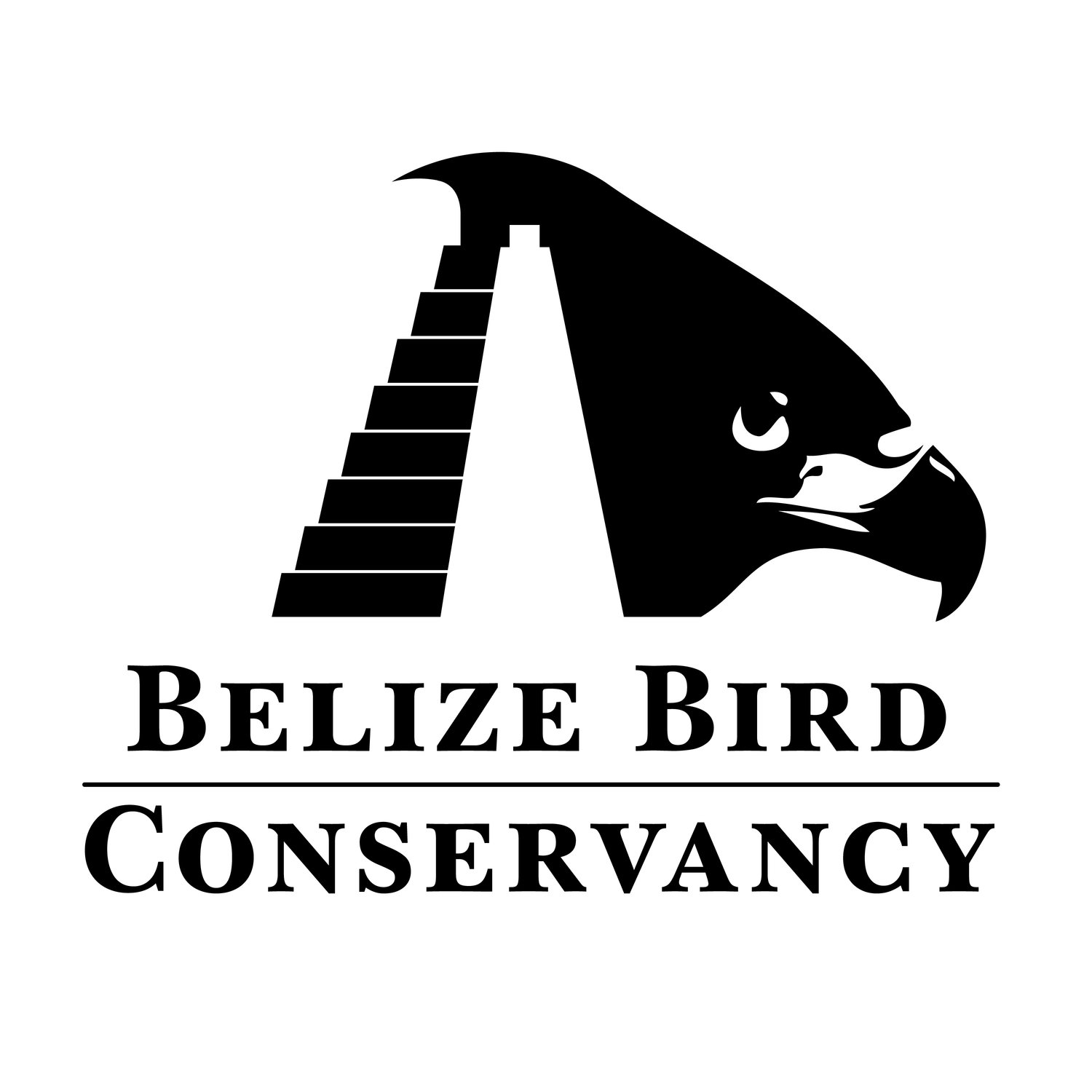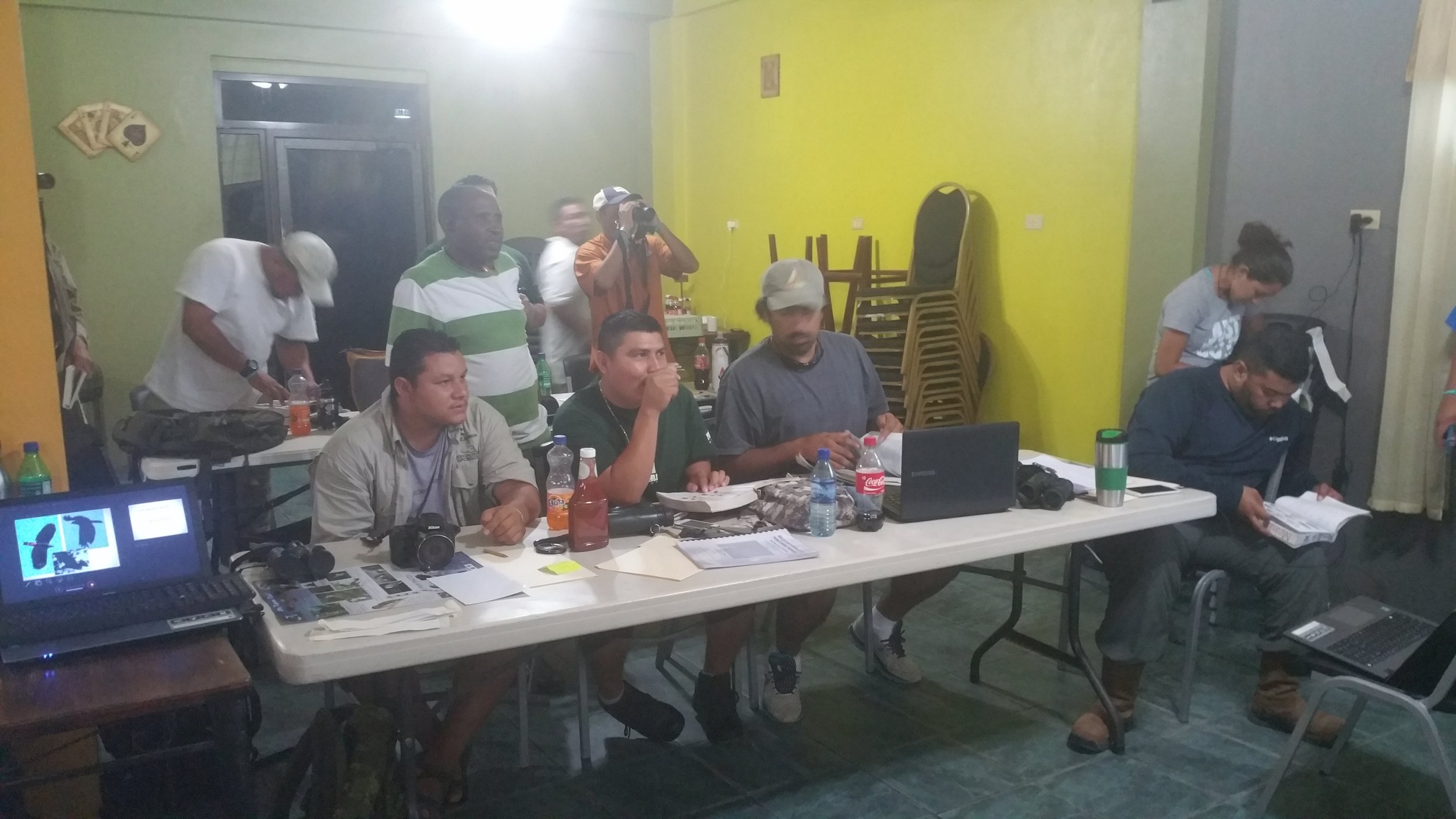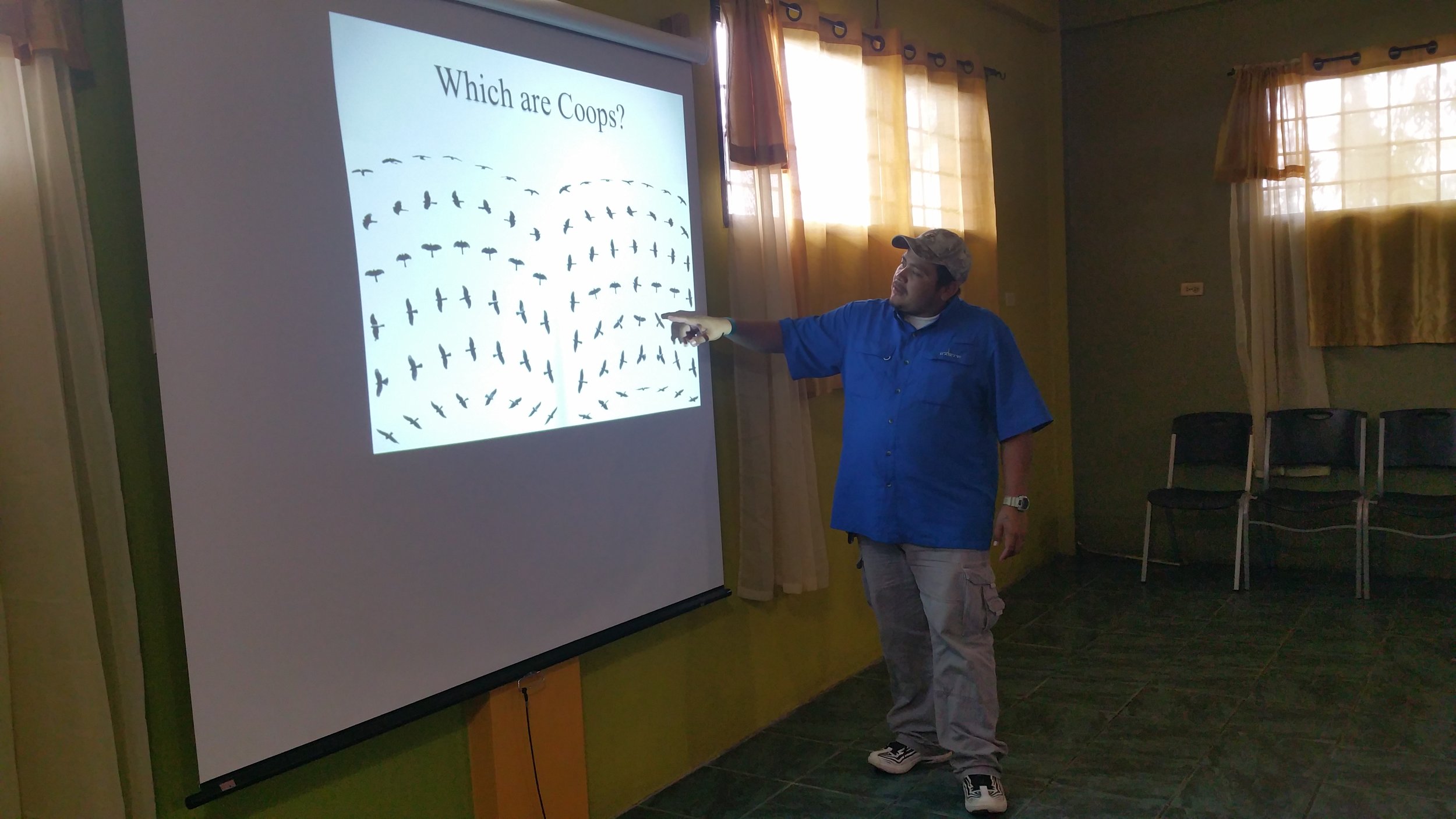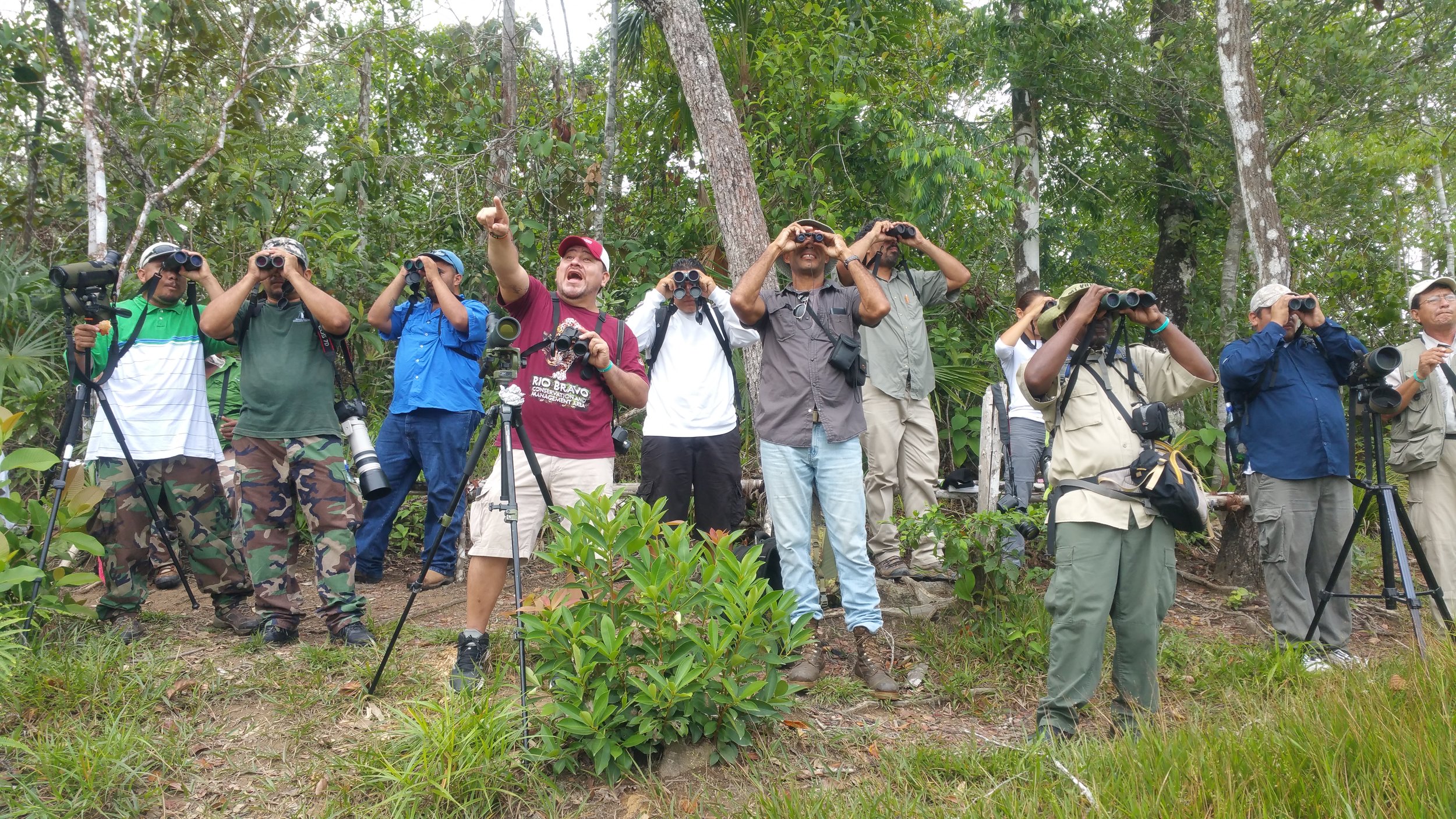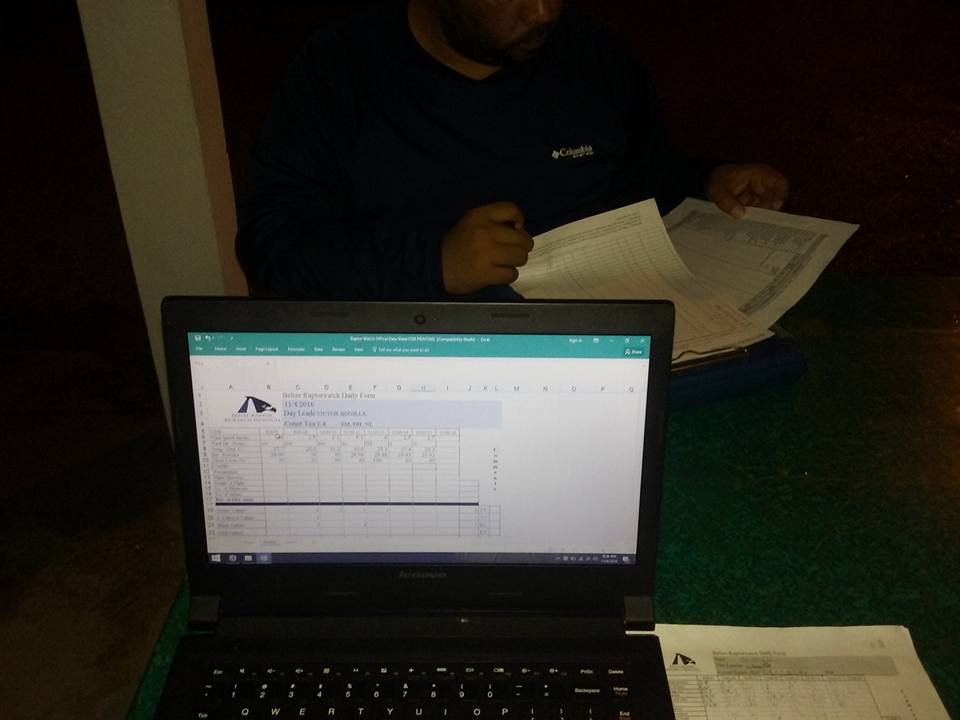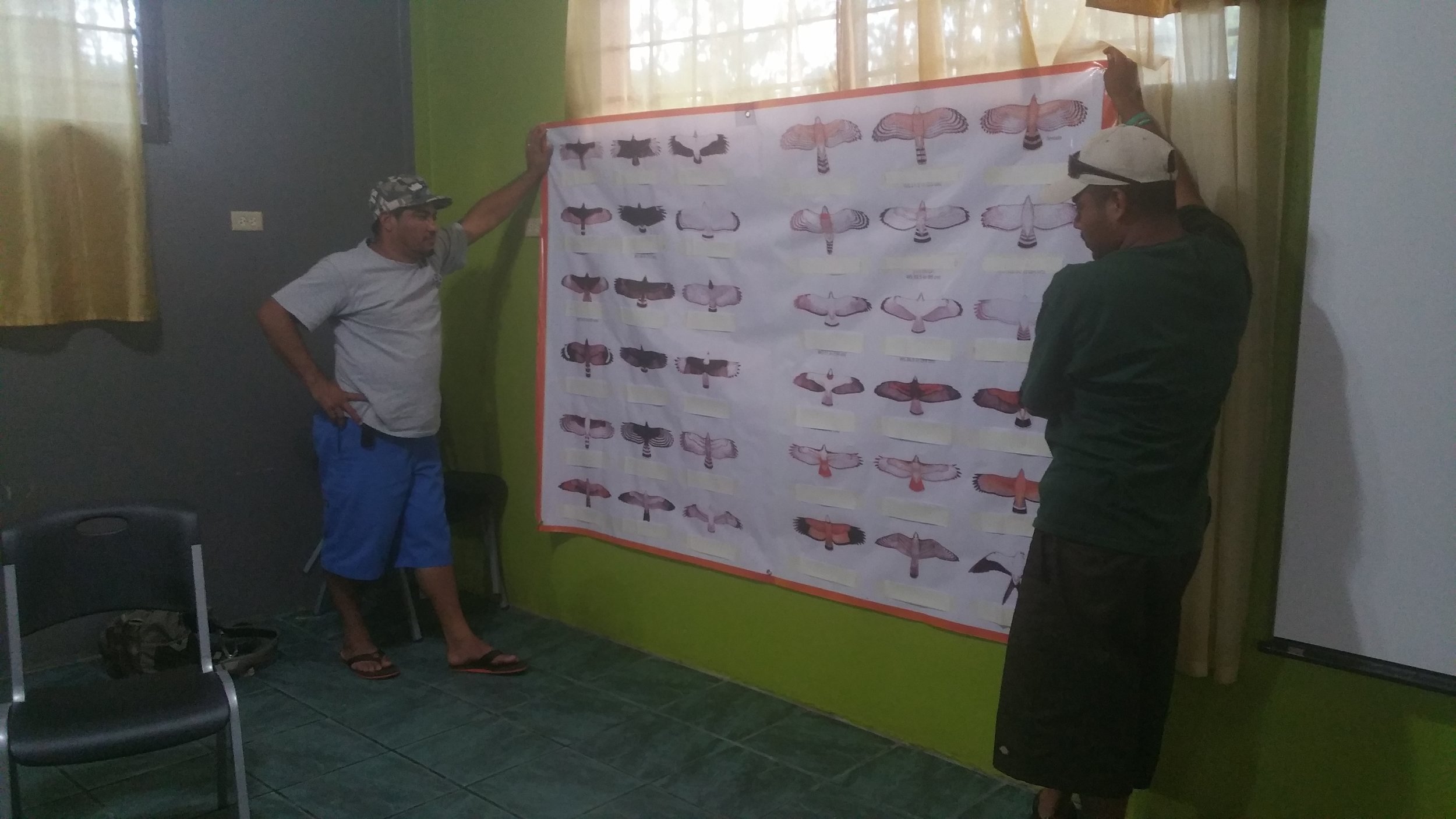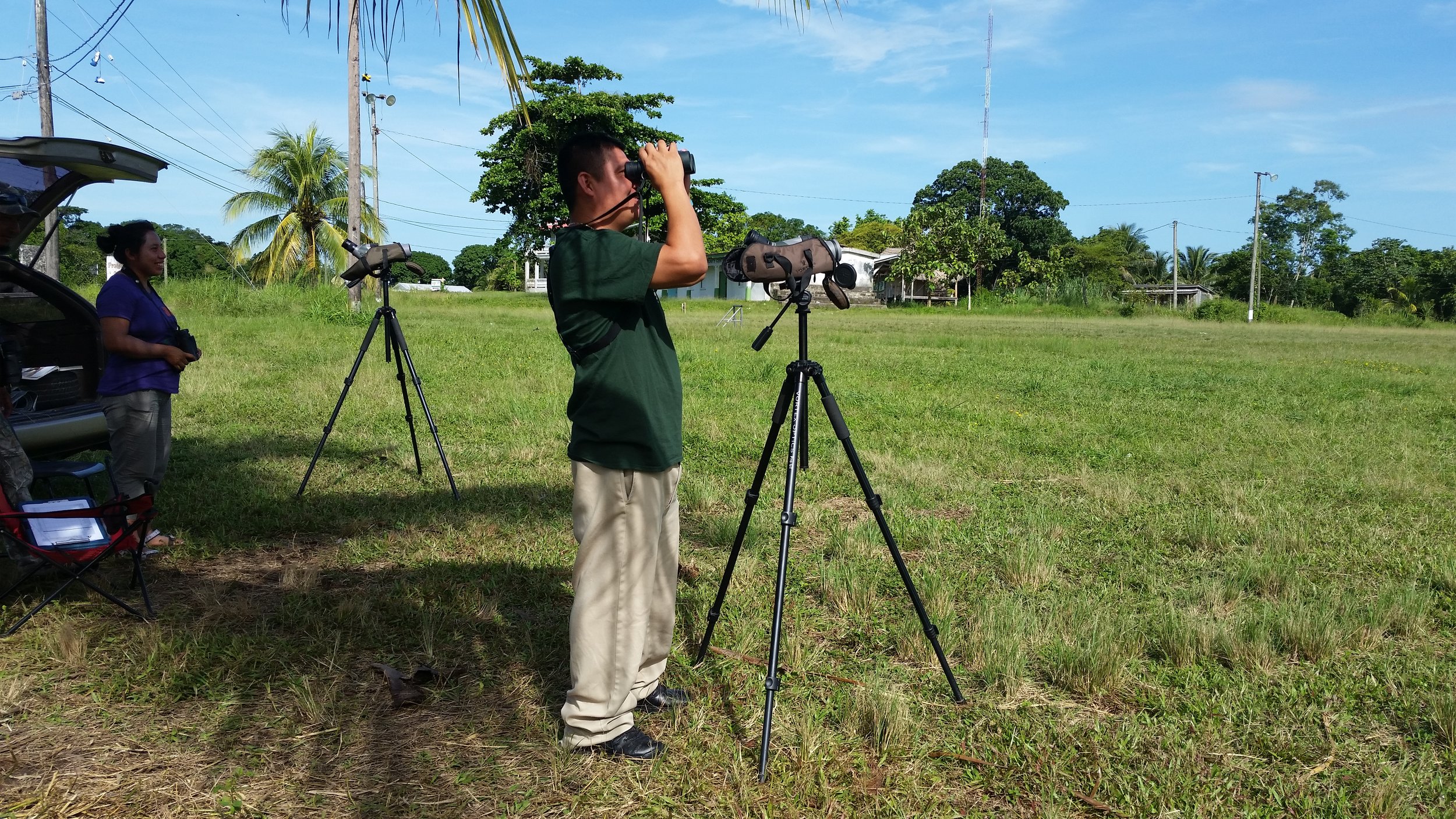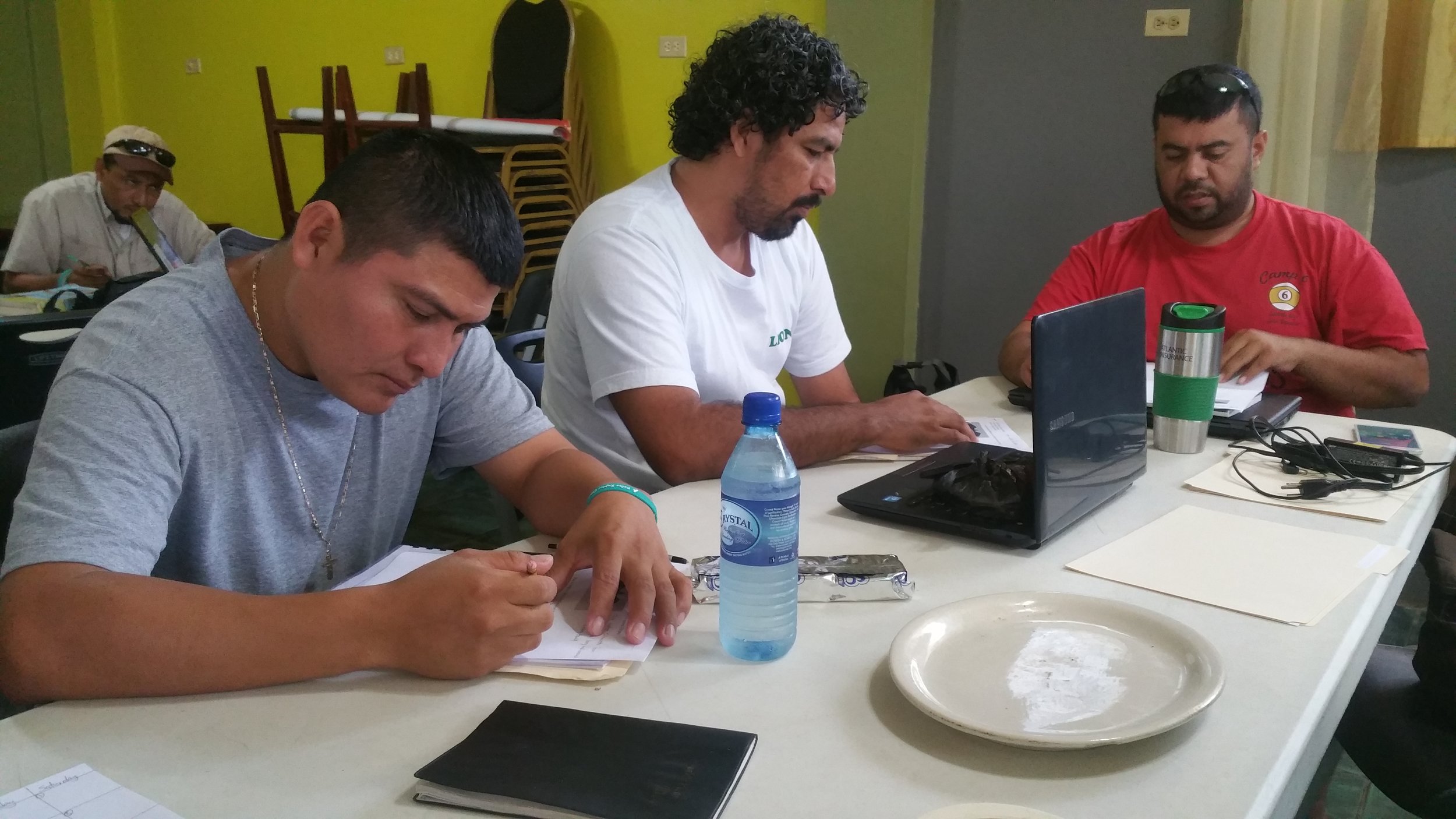Raptor Certification Program
The Belize Raptor Research Institute (BRRI) started the first Hawk Watch in Belize in 2013 in southern Belize, in a village called Cattle Landing. Raptor migration through Mesoamerica has been studied, but there are information gaps that need better understanding. Hawk watches globally have proven to be strong research and conservation tools for understanding raptor populations, therefore the goal was to create one in Belize to achieve this. This community-based project is planned to be a long-term project dedicated to learning more about raptors and to ultimately assist in their conservation by providing opportunities for Belizeans.
During the first three count seasons it has been a challenge to get Belizeans to commit to participating in our hawk watch program due to financial and logistical issues. Therefore, approximately 75% of our volunteers and field assistants were non-Belizeans. Our goal in 2016 was to grow local capacity and train future hawk watchers in Belize and increase local involvement and education in raptor ecology, identification and conservation. By growing the knowledge of raptors in Belize we would ultimately be able to have more Belizeans participating on our hawk watch, as well as other raptor projects. As a result, we can ensure that the Belize Hawk Watch Program continues indefinitely.
To gain more interest, increase our knowledge of raptors, and alleviate financial and logistical issues for Belizeans, this season we established the first annual Raptor Certification Program, which coincided with our annual fall counting season. We thought that if Belizeans had a certificate to walk away with instead of only an experience and knowledge that it would entice more Belizeans. However, there were financial issues for Belizeans for room and board and travel costs to the site, so to take away this issue we created a scholarship program to fund each participant that has enrolled in the program, essentially a free certification program. This idea was a huge success as we had over thirty applications from Belizeans as it was the buzz in Belize, as well as numerous people from out-of-country. Our goal was to have 10 Certification candidates. There was such a high demand for the program that we accepted twelve Belizeans.
In September during the International Hawk Migration Week, prior to the start of the hawk watch, the certification program included a one week series of in-classroom lectures and activities and an all-day field excursion to prepare them for hawk watching. After they completed the one week of training they embarked on a 20 day hawk watching stint at the Cattle Landing count-site with our Project Coordinator, Victor Bonilla and Project Count Leader, Isael Mai and all the certification participants, as well as volunteers that wanted to gain experience. The in-class lectures included the following topics; an introduction to raptors, how to identify, terminology, raptors of Belize, ecology, migration, hawk watching, threats and conservation, and research techniques. On the last day of the in-class training each participant presented to the class, which were a multitude of topics.
This count season and the certification program were exceptionally successful with eight candidates making it through the program. The count starts on October 1 and ends December 15. Our count goes so late due to our target species, the Hook-billed Kite, migrating late in Belize probably due to their elongated breeding season due to raising multiple clutches. This year we counted a total of 12,739 raptors in 547 hours representing 32 species. The annual total mean is 12,954, so we were right around that annual average this year. We counted 3,661 Hook-billed Kites, which was above the average annual total count of the species, 2,650. This is the largest documented migration site for Hook-billed Kites that were thought to be primarily a sedentary species. For comparison, the hawk watch in Veracruz, Mexico counts an average of 120 Hook-billed Kites a season. Other specialties at this site include a newly documented southbound movement of Double-toothed Kites, which is a species that is thought to non-migratory in the region, so this may be a dispersal movement rather than a migration. However, each season we average approximately 70 individuals a season, so more research is needed. Also, this is a main migration route for Swallow-tailed Kites. They peak in their southbound migration in Belize in August, so our count is too late to count this species, but we plan to conduct spring and early fall counts in 2017 to better understand this migration through Belize. Highlights from this count-season included two Red-tailed Hawks, which are rare in Belize and a resident population only occurs in the Mountain Pine Ridge area of Belize. There are a few records of migrant Red-tailed Hawks in Belize. In our four years counting at this site we have only observed one individual prior to this year. Other rarities this season include an Orange-breasted Falcon, a single Crested Caracara, six Zone-tailed Hawks, and twelve Swainson’s Hawks.
This Program will be an annual program, which will conicide with our fall Hawk Watch Project to continue to build local capacity and train Belizeans in raptor biology. Contact us if you would like to be part of this program.
In 2017, we are creating the Jerry Liguori Scholarship Fund in honor of the great raptor biologist, Jerry Liguori,and all the work he has done for raptors.
Examples of the Certification Material Taught:
Module 1 Hawk Watch
What, why, objectives of a Hawkwatch: where are hawkwatches?
Hawkwatch methods: standardization and quality of data
How raptors migrate: routes, thermals, orthographic lift?
Raptor migration in Belize
The Cattle Landing hawk watch: 3 years of results and methods
Module 2: Raptor Classification and Taxa
Classification of raptors
Raptors of Belize (migratory vs resident)
Module 3: Raptor Biology and Ecology
Life cycle of a raptor
Habitats of raptors in Belize
Raptor senses
Foraging techniques and prey
Breeding biology (courtship, nest building, incubation, nestling, post-fledging periods)
Movement: migration, dispersal, floaters,
Module 4: Raptor Identification
General shapes and appearances
Characteristic terminology
Types of feathers
Hawks from every angle and at a distance
Aging raptors: molt schemes
Module 5: Why Raptors are important and good indicators
Indicators of intact ecosystems
Indicators of an environmental issue (DDT)
Indicators of climate change
Module 6: Threats to Raptors
Hunting/poaching (hawk mountain, chicken eaters)
Loss of habitat
Contamination (DDT, mercury, pesticides, rodenticides)
Wind farms
Module 7: Raptor research methods and its importance
Invasive vs non-invasive techniques
Trapping and banding
Telemetry
Nest surveys
